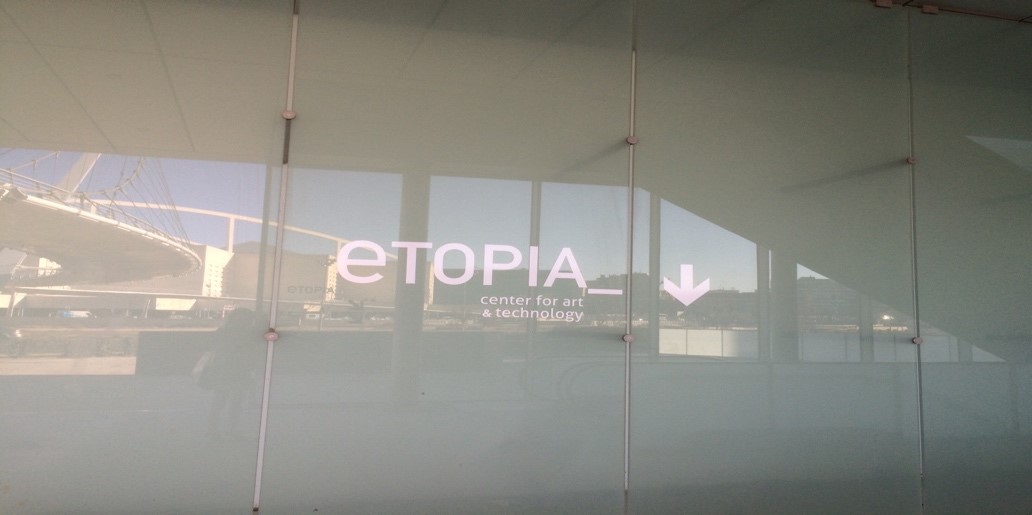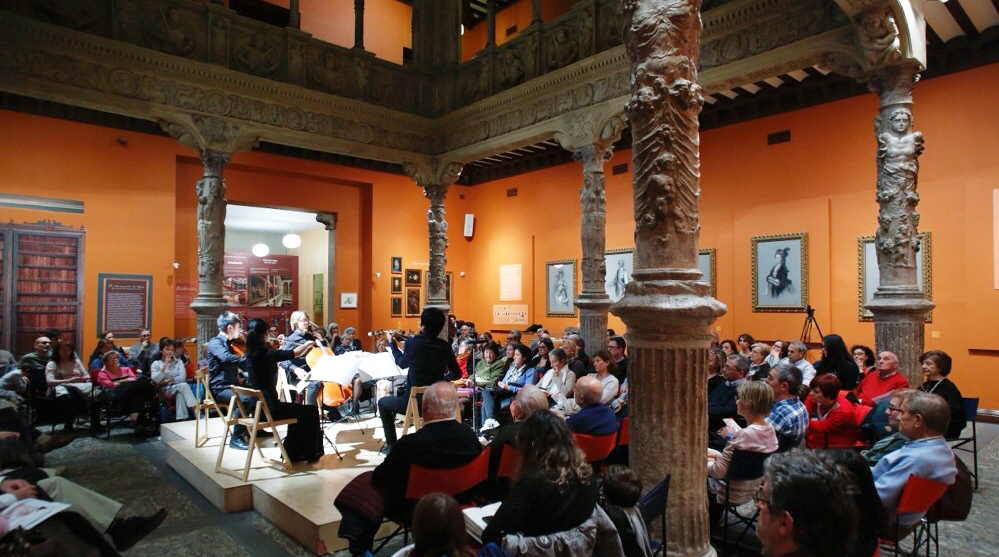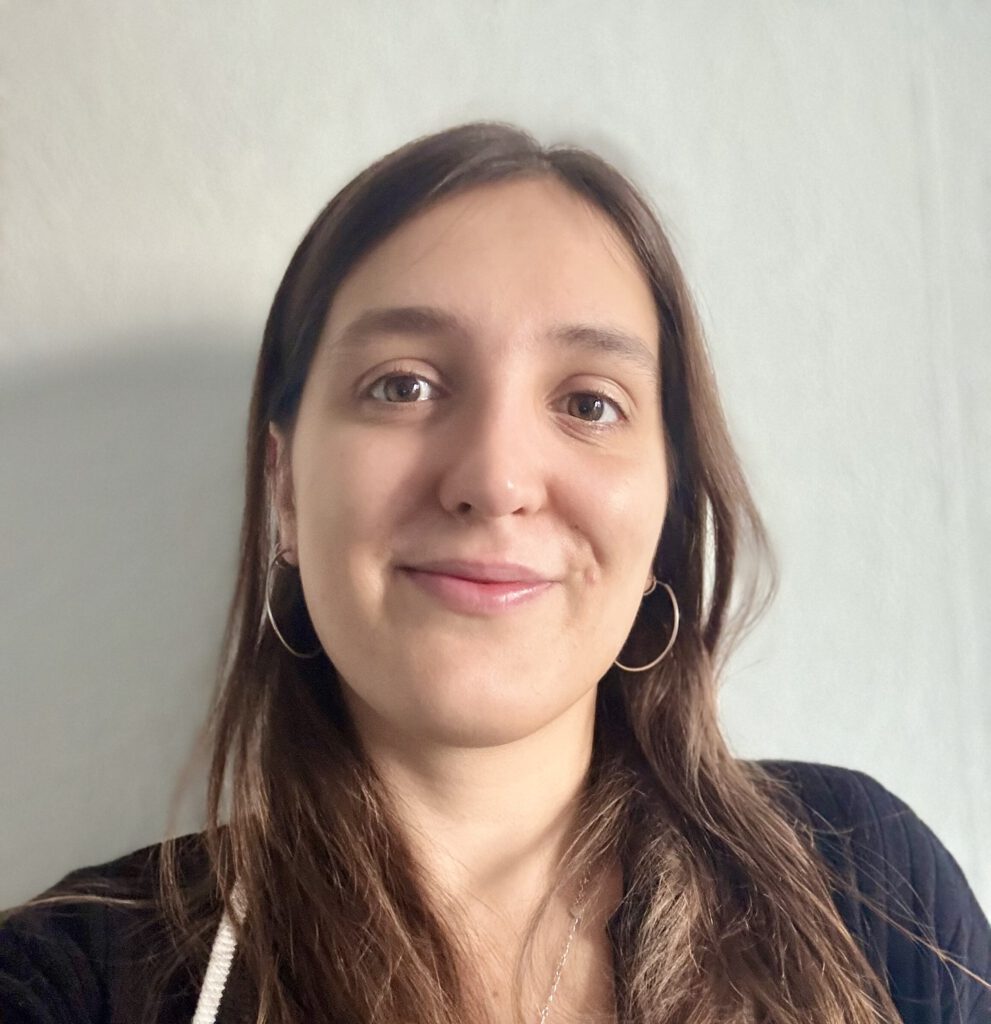Musethica: Music in Society
The Simply Quartet on the connection between musicians, work, and audience
From 12 November to 3 December 2017, we participated in the “Musethica” in the Spanish city of Zaragoza (Saragossa) and in Vienna. Musethica was founded in 2012 in Saragossa by the violinist Avri Levitan. The project enables musicians to play many concerts that are held not on official stages but rather in the middle of public life, making it possible for musicians to experience and learn a great deal.

Saragossa, Spain
On 12 November 2017, we reached the Spanish city of Saragossa. Our accommodations were at the Etopia Center for Art & Technology. The building’s ground level consists of glass bottles, giving the Center a bright, modern, and pleasant atmosphere.

The Center is located directly opposite the rail station, with which it is linked via a lovely, elegant hanging bridge. The Etopia Center serves as a venue for events in the areas of culture, art, research, and science.

Music in Society
On the second day, we began with our important task. The organiser, Avri, told us about the aims and importance of Musethica and supported us through the entire process. We already knew each other from our work together in the Brahms Quintet.

We gave two to four small concerts each day at various locations: at a school, at the Culture Centre, at public-benefit societies, and for social organisations.
As the audiences were generally non-musicians, we played music from various periods. At the beginning, we wondered whether our music could connect us with the audience, but we very quickly noticed that the people were very interested in our music. We sensed that we were communicating with the audience with our playing, and they responded with a high level of concentration and positive reactions.

A special experience was the concert at the Colegio de Educación Especial, a hospital for disabled children. That day, a girl at the hospital was celebrating her birthday, and when we discovered this, we played a birthday song for her at the beginning of the concert. She was surprised, and a cheery atmosphere immediately filled the entire room. The reaction of these children was simpler and more direct than that of “normal” children. We could not predict what they would do and how they would react. While we played, they mostly remained very quiet and listened attentively, while some moved to the music and laughed. We were in any event delighted that we could provide them with some happiness and apparently were able to convey our emotions well.
Vivid impressions
At the Colegio de Educación Especial school, the staff researches special education; for example, how music can be used to activate the children and teach them to communicate better. First, we played for a few groups of children. After a break, the school wanted to try something. Each of us went into a different room and played for several children with different disabilities.

I was to play for a deaf-mute girl who also had chronic respiratory problems. This was to be one of my most intense experiences as a musician. The caregiver sat on a mattress on the floor and held the girl on her lap. She slowly guided the girl’s hand to the top of my cello. I played the Sarabande from Bach’s Cello Suite in G-major, a movement that allowed the cello to resonate naturally with its open strings. I noticed immediately that the girl felt the vibrations and concentrated more intensely, and this concentration calmed her down, and her breathing gradually stabilised.
The caretaker asked me if I could play shorter pieces so that the girl could react to the music better. The caretaker tried to show the girl that one could clap to the music. Then she placed one of the girl’s feet on the cello’s surface (without shoes, of course). This time, the girl presumably felt even more of the vibrations, because her breathing became even calmer. When I then played the last piece, (“The Swan” by Saint-Saens), the caretaker suddenly began to cry. She said it was a very touching moment to feel the girl’s reactions. The music had a tremendous impact on both of them.

For me as a person and a musician, it was in any case a very intimate and beautiful moment. I don’t know exactly what or how much the girl got out of the music, but it was an incredibly lovely to see that the vibrations of my instrument could produce a deeper interpersonal contact. I wish I could have seen what happened in her mind. One of the many things that I learned in that moment was what power the vibrations of music can develop. These special powers are something that I absolutely want to convey on the concert stage as well.
Intermezzo
One lovely afternoon, we were rehearsing, as we did almost every day, when a woman came to us and asked if we could play a little piece for her. We said yes, of course. Suddenly she brought a class with her – about 30 kids. It quickly became loud – incredibly loud!
We were surprised, but also very happy. We played a movement from Beethoven’s String Quartet op. 18, no. 1. The children immediately calmed down and listened very intently. After the final chord, they then exploded for several minutes. They hardly spoke any English, but we could see in their eyes that our music had touched them in a magical way.

At the end, we took a group photo as a memento 🙂.
In a buoyant mood, we headed downtown. We wanted to try some typically Spanish foods, of course. Tapas are simply a sensational meal! Our violist said: “If we didn’t have to play a concert tomorrow, I would just spend the night here and keep eating.”
The tapas restaurant was actually quite small, but it was a good place not only to eat but also to meet friends. I noticed that many guests here meet after work to relax over delicious tapas. One could sense the passion of Spanish life everywhere here.

By the way, every Spanish restaurant always has two TVs: one for football and one for basketball. Both sports are on at the same time and are equally loud!

Public concerts
We also had two public concerts in Saragossa. The first was in a beautiful old church called Iglesia San Pablo. This is a church with a famous Mudéjar tower and was built in the late thirteenth century or the first part of the fourteenth century.

The second concert was held in the Patio de la Infanta museum, built in 1550 at the initiative of the prominent Jewish merchant and banker Gabriel Zaporta. It displays elements and structures typical of Aragonese Renaissance courtyards. The special thing for us was that we played in the middle with the audience seated around us.

Musethica in Vienna
From 27 November to 3 December 2017, the Musethica was held in Vienna. As the organiser, Johannes Meissl, our professor at the mdw, was also on hand.

To conclude the Musethica, we played a final concert in the mdw’s Haydn Saal. It was different than the concerts that we had played previously. This concert incorporated the experiences that we had had thanks to Musethica. At every concert, we received new feedback and impressions from the audience, which – after all – was the very purpose of Musethica.
Closing thoughts
We have played in many different rooms and halls up until now, but Musethica was a very special test and challenge for us: Were we really able to play well in every setting? We have played in the widest variety of situations with a wide variety of acoustics, with very different reactions from a wide variety of people and culture.
Music is the art that happens NOW. We should always remember this and try to produce a chemical reaction between the audience and us. This will not always be positive, of course, but we are always concerned with eliciting a positive reaction. It is always about the challenge of finding a spiritual connection between us, the work, and the audience. Musethica represents a good opportunity for finding out how we can continue to develop and improve.
About musethica
Article in the mdw-magazine: Respect, Social Responsibility, and Top-Level Musical Expericences on Equal Terms






